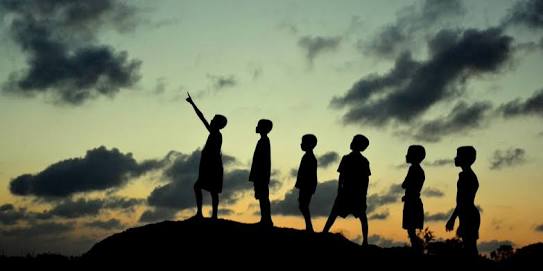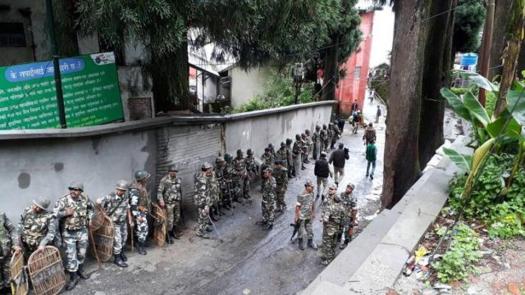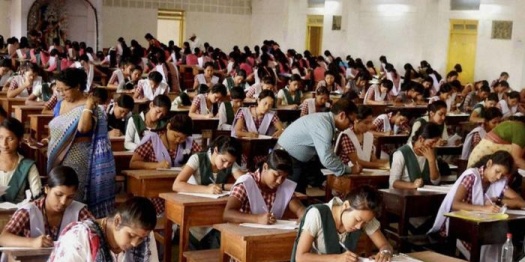By Juliana Pasker
“Mard ko dard nahi hota” a real man feels no pain- An age old Indian saying originating from Bollywood. So, who is this real man? What makes a real man? “Be a man” don’t show emotions, don’t show vulnerability, be tough. Masculine ideals like physical toughness, emotional stoicism, dominance over women-can be detrimental to boys’ (and men’s) well being, despite the advantages of being male and acting masculine.

Masculinity is not a concrete concept and the social constructions of how an ideal man should be are often larger than life and therefore seldom fully obtained. As a result, boys who believe that adhering to masculine ideals is necessary to being acceptable, desirable, and successful are destined to strive towards standards in relation to which they will inevitably fall short. This illogical lack of compatibility of the gender role of how a boy should feel and how he actually feels often lead to inadequacy and the need to hide one’s alleged shortcomings.
Masculinity not only affects heterosexual men but everyone else around them. It leaves men broken in many ways but adopting this masculinity gives a tremendous amount of power which is used to render everyone else as second and third-class-citizens. The society socializes boys and men to conform to a definition of masculinity that emphasizes toughness, stoicism, acquisitiveness and self-reliance. And that, leads to aggressive, emotionally stunted males who harm not just themselves but their children, partners and entire communities.
Toxic masculinity is one of the ways in which Patriarchy is harmful to men. Toxic masculinity is a narrow and repressive description of manhood, designating manhood as defined by violence, sex, status and aggression. The idea of male-female interactions as competition, not cooperation. The idea that men cannot truly understand women, and vice versa, that no true companionship can be had between different sexes. The expectation that Real Men are strong, and that showing emotion is incompatible with being strong. Anger is either framed as the exception to the rule, or as not an emotion. Relatedly, the idea that a Real Man cannot be a victim of abuse, or that talking about it is shameful. The idea that Real Men should be prepared to be violent, even when it is not called for, are few examples of the toxic masculinity bestowed upon men by the society. Conformity with these traits lead to psychological trauma and mental health problems like depression, increased stress, which often result in substance abuse. These ideas of toxic masculinity damages everyone, men and women alike, and contribute to crimes like rape and sexual assaults that we see and hear of everyday.

The first step to redefine this masculinity is to acknowledge that there is a problem. Then, to educate boys and men that masculinity is not equal to violence; be it violence against each other, violence against women or violence against themselves. It is not shameful to show emotions or be vulnerable. To thrive in today’s new world and culture with a new way of being that is about leading by example, embracing service and becoming role models amongst their personal and public communities. To redefine masculinity so that it is no longer toxic to themselves or those around them.




















